The French in Michigan and their presence in the upper Great Lakes region from 1534 to 1760 saw several critical milestones in the area’s exploration, fur trade, and military conquest. The French were drawn to the region by the abundant natural resources, including the vast fur-bearing animal populations, and sought to establish a dominant presence there.
The French in Michigan
Summary of French Exploration
The first significant milestone was the arrival of Jacques Cartier in 1534, who explored the St. Lawrence River and claimed the area for France. This was followed by establishing French trading posts and settlements along the St. Lawrence River and Great Lakes, including the creation of Fort de Buade in 1654 near present-day St. Ignace, Michigan.
The French also made significant efforts to explore the region, including the expeditions of French missionaries such as Father Jacques Marquette and Louis Hennepin. These explorers helped increase knowledge of the region’s geography, flora, and fauna and established meaningful relationships with Native American tribes, including the Huron, Ottawa, and Ojibwe.
However, the French presence in the region was not without conflict. The competition for control of the fur trade and territory between the French and the British was a significant factor in the military conflicts throughout the 17th and 18th centuries, including the Seven Years’ War. Despite the efforts of the French military, the Articles of Capitulation in 1760 saw the surrender of French forts in the region, including Fort Michilimackinac, to the British.
Where Did The French First Step Foot In Michigan?

The French first stepped foot in what is now Michigan at Sault Ste. Marie in 1668. French explorer Father Jacques Marquette and fur trader Louis Jolliet arrived in the area as part of their expedition to explore the Mississippi River and establish a French presence in the region. Sault Ste. Marie became a center of the fur trade in the Great Lakes region and a hub for French exploration and settlement in the area.
The Expeditions of French Explorer Sieur de La Salle

René-Robert Cavelier, Sieur de La Salle, was a French explorer and fur trader who played a significant role in the exploration and colonization of North America in the late 17th century. He is best known for expediting the Great Lakes region and the Mississippi River Valley.
La Salle’s first expedition was in 1669 when he led an exploratory mission to the Great Lakes region. During this expedition, La Salle claimed the region for France and named it “La Louisiane.” He also discovered the Mississippi River and sailed to the Gulf of Mexico, opening up the region for further exploration and settlement.
In 1679, La Salle led another expedition to establish a French settlement at the mouth of the Mississippi River. He founded the settlement of Fort Saint Louis, which was the first European settlement in the Mississippi River Valley. However, the settlement was short-lived, and La Salle was killed by one of his own men in 1687.
Despite his untimely death, La Salle’s expeditions and discoveries had a major impact on the exploration and colonization of North America.
The Exploits of French Explorer Louis Hennepin
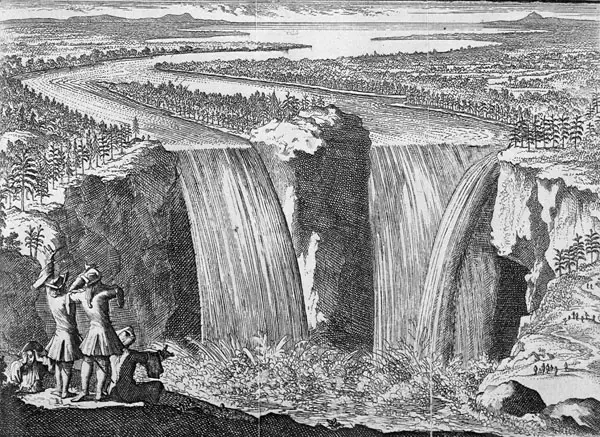
French explorer Louis Hennepin explored the Great Lakes region in the late 17th century, specifically in 1675-1676. He was a Roman Catholic priest and member of the Récollet order who accompanied French explorer René-Robert Cavelier, Sieur de La Salle, on his expeditions to the region.
During his time in the Great Lakes region, Hennepin was one of the first Europeans to see and describe the Falls of St. Anthony (now known as Saint Anthony Falls) in present-day Minnesota. He also wrote about his travels in the region, which provided valuable information about the area’s geography, flora, and fauna. As a result, he helped to further European knowledge and understanding of the Great Lakes region.
In addition to his explorations, Hennepin also played a role in establishing the French presence in the region, as he served as a missionary to the Native American communities. He worked to convert the local populations to Catholicism. He established close relationships with many of the local tribes, which helped to further the goals of the French in the region.
Overall, Louis Hennepin was an important figure in the early history of the Great Lakes region, and his explorations and writings helped to shape our understanding of the area.
The French Establish A Fort On The Straits Of Detroit

The French established a fort on the Straits of Detroit in 1701, Fort Pontchartrain du Detroit. The fort was established to control the strategic waterway connecting Lake Erie and Lake Huron and to support the French fur trade in the region. The fort played an important role in the French presence in the Great Lakes region. It was an important center of trade and commerce.
French Establish a Fort on the Straits of Mackinac
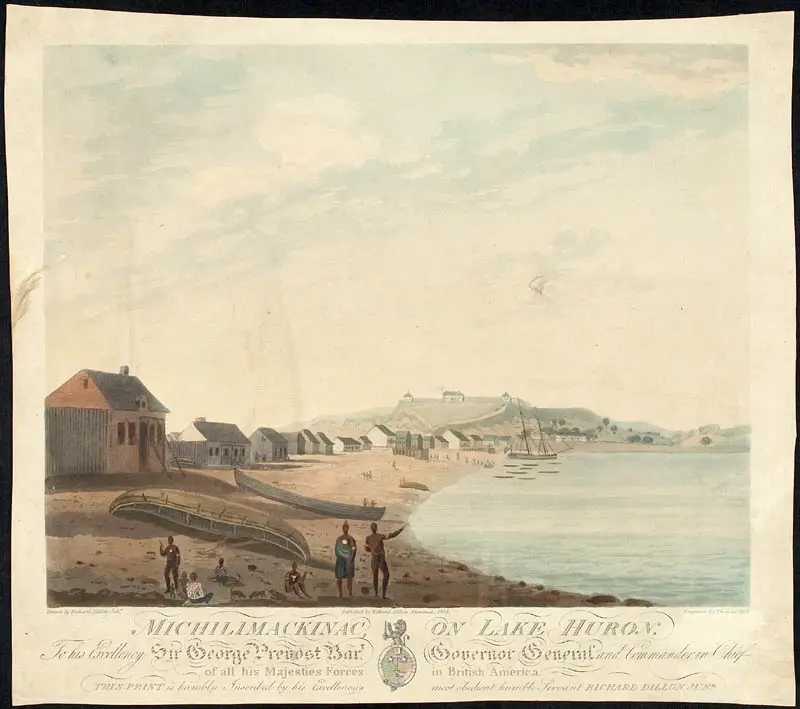
In 1715, France established a fortified community at the Straits of Mackinac in present-day Michigan, United States. The fort was named Fort Michilimackinac and was built to serve as a center for the fur trade in the Northwestern region. The fort’s location was strategically chosen to be near the crossroads of two major fur trade routes, making it a perfect hub for exchanging goods and furs between the French and Native American communities.
The fort’s construction was significant for the French to establish their presence in the New World. By establishing a fortified community in the region, the French could secure their hold on the lucrative fur trade and protect their interests from the other European powers vying for control of the North American continent. Additionally, the fort served as a military stronghold, which provided the French with a means to defend their territory against any potential threats from other European powers or Native American tribes.
Once completed, Fort Michilimackinac quickly became a hub of activity as the fur trade in the region flourished. The fort provided a safe and secure location for traders to exchange goods and became a center of cultural exchange between the French and Native American communities. The French brought with them European goods and customs, which were adopted and adapted by the Native American populations. In turn, the Native Americans taught the French about their traditions, cultures, and way of life.
However, despite its success, the fort was eventually relocated to nearby Mackinac Island in 1781. The fort was decided to move due to concerns about its vulnerability to attacks from other European powers and Native American tribes. In addition, the move to Mackinac Island provided the French with a more secure location, as the island was surrounded by water, making it much more difficult for potential enemies to reach.
In conclusion, the construction of Fort Michilimackinac at the Straits of Mackinac in 1715 was an important moment in the history of France and the United States. It served as a center of commerce, culture, and military power for the French in the New World and played a significant role in developing the fur trade in the region. Although the fort was eventually relocated, its legacy remains a testament to the importance of the fur trade and the French presence in the North American continent.
Major Events Between The British And French
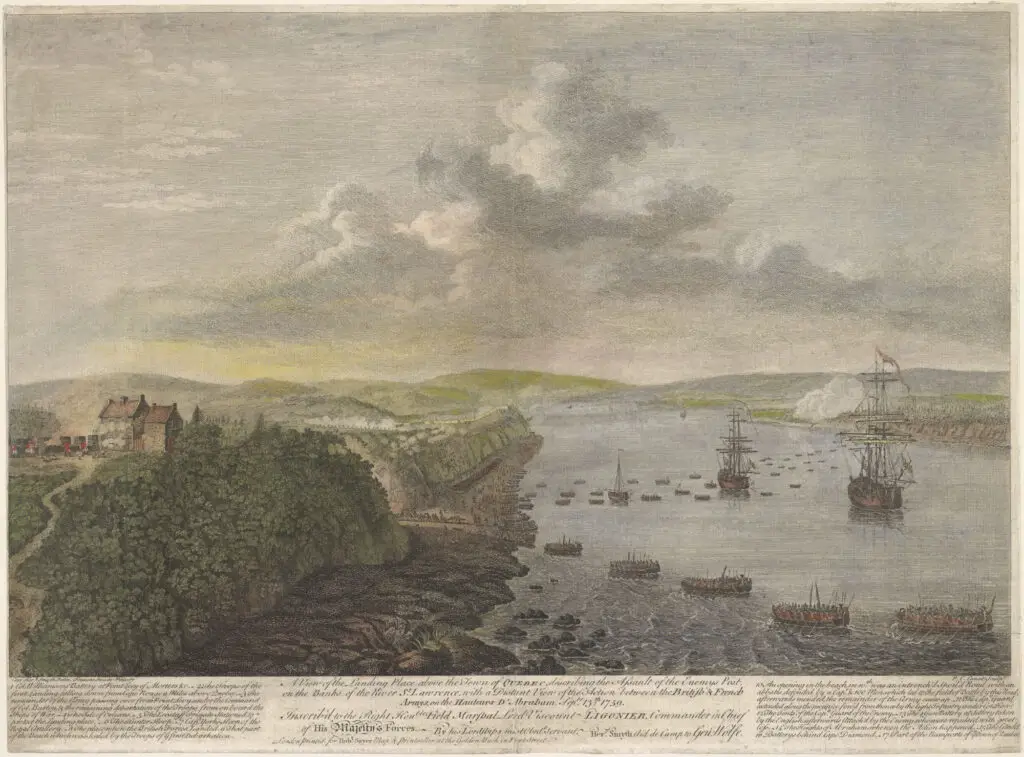
The Seven Years’ War (1756-1763) was a global conflict that pitted the British against the French and their allies. The conflict had its roots in the competition between the two powers for control of North America and other territories worldwide.
In North America, the war was fought over control of the Great Lakes region and the Ohio Valley, with several key battles between the British and French forces. The Battle of the Plains of Abraham in 1759 was one of the most significant battles of the war and resulted in the capture of Quebec by the British.
As the war continued, the British gained the upper hand and began to gain control of more and more French territories in North America. The French and their Native American allies fought hard but were ultimately defeated. The war ended with the Treaty of Paris in 1763, officially recognizing British control over much French territory in North America.
The Articles of Capitulation, signed in 1760, marked the end of the French military presence in the Great Lakes region. The French surrendered several forts, including Fort Detroit and Fort Michilimackinac, to the British. The British now controlled the strategic waterway connecting Lake Erie and Lake Huron, solidifying their regional dominance. The Seven Years’ War had far-reaching consequences, including the colonization and eventual independence of the United States, and marked a turning point in the global balance of power.
Major Battles Between The French And The British In The Great Lakes Region
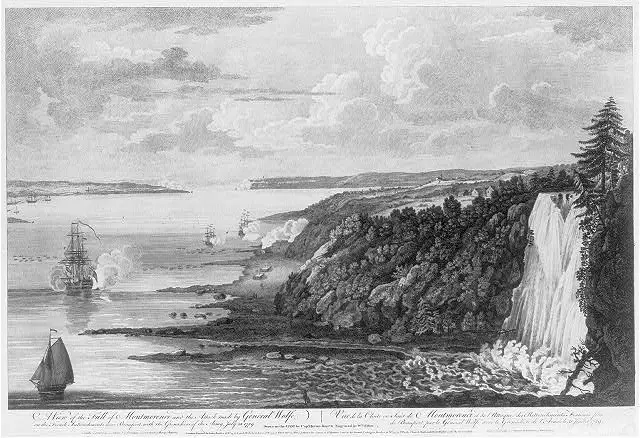
Several significant battles occurred between the French and the British in the Great Lakes region between 1534 and 1760. Some of the most notable include:
Battle of Lake Erie (1752): This battle occurred during the French and Indian War and was fought between the French and the British over control of the Great Lakes region. The British were ultimately victorious in the battle, which helped to secure their control over the area.
Battle of Fort Niagara (1759): This battle was part of the French and Indian War and was fought between the French and the British over control of Fort Niagara. The British were victorious in the battle and took control of the fort, which helped to secure their dominance in the region.
Battle of Fort Frontenac (1758): This battle was fought between the French and the British during the Seven Years’ War and was an important British victory that helped to secure their control over the Great Lakes region.
Battle of the Plains of Abraham (1759): This battle was fought between the French and the British during the Seven Years’ War and was one of the most significant battles of the conflict. The British were victorious in the battle and captured the city of Quebec, which was a major turning point in the war.
These battles demonstrate the intense competition and conflict between the French and the British in the Great Lakes region during the 17th and 18th centuries. Both powers sought to establish control over the area and its abundant natural resources, including the fur trade.
Video: Early French Explorers in Michigan
Final Thoughts on the French in Michigan
Michigan’s history of the French presence in the upper Great Lakes region was marked by significant exploration, settlement, and military efforts. The French legacy in the region, including their language, culture, and religion, continues to have a lasting impact on the area today, and the key milestones of the French conquest of the upper Great Lakes region from 1534 to 1760 demonstrate the important role that the French played in the development of the region.
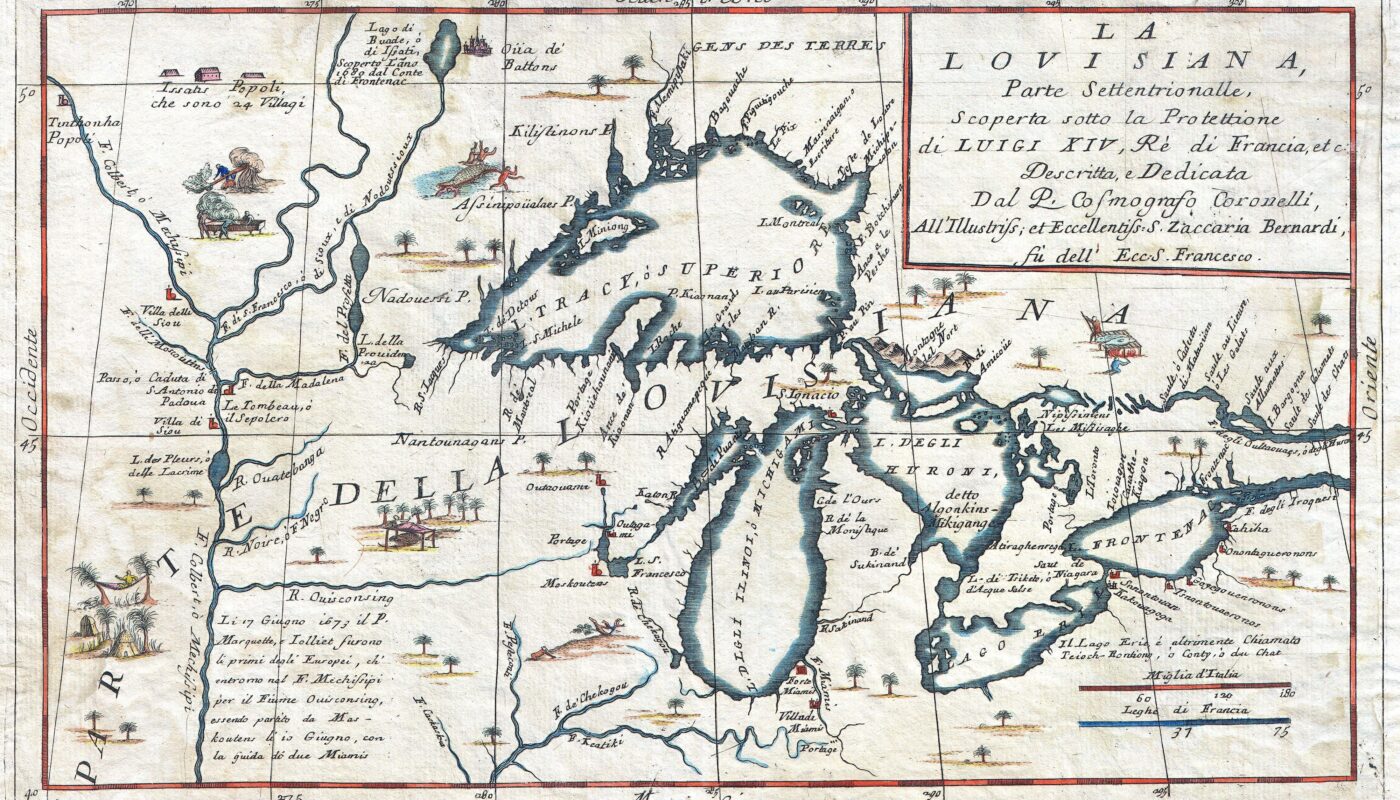

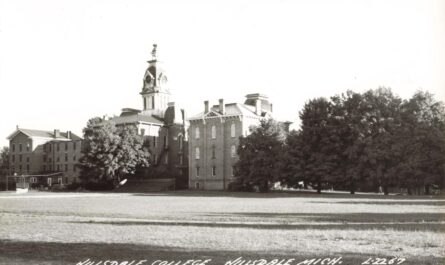

Interesting summary of French occupation in the Michigan area of the Great Lakes. But it does not recognize the important part played by Native Americans who lived in this vast land for centuries before the arrival of Europeans. For example, the article states that La Salle “discovered” the Mississippi. Actually the Native Americans led him to it. They had known about it long before LaSalle’s arrival! Likewise it was the Wyndat , called the Hurons by the French, that told of the trade routes leading far into the west led the French explorers. Closer to home, Marquette is often mentioned as having named Pointe Aux Barques and having said mass at Bird’s Creek. Simply untrue! The Iroquois controlled the lower lakes until about 1700 blocking all French exploration of this part of Michigan during Marquette’s time! He explored across Lake Superior and along Lake Michigan – not here in the Thumb. Perhaps the error involves the other point aux barques somewhere along Lake Michigan.
Great points….a whole essay could be done about the first nations in the Upper Great Lakes before Europeans entered the picture. For example, the metropolis the French called L’Arbre Croche, known by the Odawa people as Waganagisi spanned for miles.
There is another published account that Jesuit Priest Father Claude Allouez named Pointe Aux Barques in 1665. See https://tile.loc.gov/storage-services/service/gdc/lhbum/03298/0075.jpg They mystery continues.